Reconciling with a Drier Desert
Kristina Young | November 2018
Moab resident and ecologist Kristina Young discusses the seemingly unstoppable changes facing our desert home, the effects of these changes, and what we can do to help preserve this place in spite of them.

I am not an optimist. My coping skills for the state of the world are employing geologic time. When trending towards despair I consider that life will survive for eons to come, it will just be different from the spiny, desiccated desert life I know and love. I told this once to an Indian Rice Grass, a species native to my home on the Colorado Plateau who had the misfortune of evolving a method of photosynthesis not predicted to withstand a warmer world. It seemed less concerned than I was.
That is the price, I suppose, of knowing and loving a place: grave concern for its future and well-being. Last October a group of scientists and managers came to Moab to talk about the future of this place. Presented were lines of evidence that moved beyond prediction and into certainty, confirming we are not going back to the climatic or hydrologic regimes we knew. Instead, the speakers told us, we are likely facing aridification: a process of increasing dryness where air and soil contain less and less water over time. Aridification is different from the droughts we know. Droughts are temporary. Aridification is when a place becomes consistently drier. Water becomes increasingly scarce for living things. I tried to picture the red Moab sand drier than it already is. The hair-dryer like wind in the summer, even drier. In the distance I heard a prickly pear cactus sob.

What often accompanies aridification is desertification, a process where a dry region is degraded through interactions between climate and land use, becoming less biologically and economically productive through time. In Southern Utah desertification looks like increased levels of soil erosion, loss of grasses, and mounded shrubs with bare areas of eroding soil in between. Dust as our constant companion. Aridification and desertification are of the same ilk. These processes can transform dry places until they are unrecognizable. The patch of desert around Moab I know and love could degrade before my eyes under the force of these combined processes.

But I don’t want this desert to degrade. The fourwing saltbush would never forgive me. Luckily there are things we can do to make the deserts of Southern Utah more resistant to the comingdryness. Currently, there are multiple land use pressures on these drying places that disturbvegetation and soil, such as recreation, grazing, development, and resource extraction. Eachactivity exerts a pressure which, when combined with aridification, can lead to desertificationand run-away ecological change. To reduce the number of pressures, we can think critically andwith foresight about the ways we use the desert of Southern Utah, strategically reducing theextent or duration of each land use. We can all weigh in on the importance of reducing externalpressures on Southern Utah ecosystems to create systems resistant and resilient to thearidification to come. Surely we have the ingenuity and creativity to come up with landmanagement solutions that maintain economies, traditions, and cultures while reducing unduepressure on these fragile, living places. If not, I hope you like dust.
Maybe I am an optimist, I said out loud to a buckhorn cholla on a hot desert day. The chollastood there, thirsty, and never answered.
